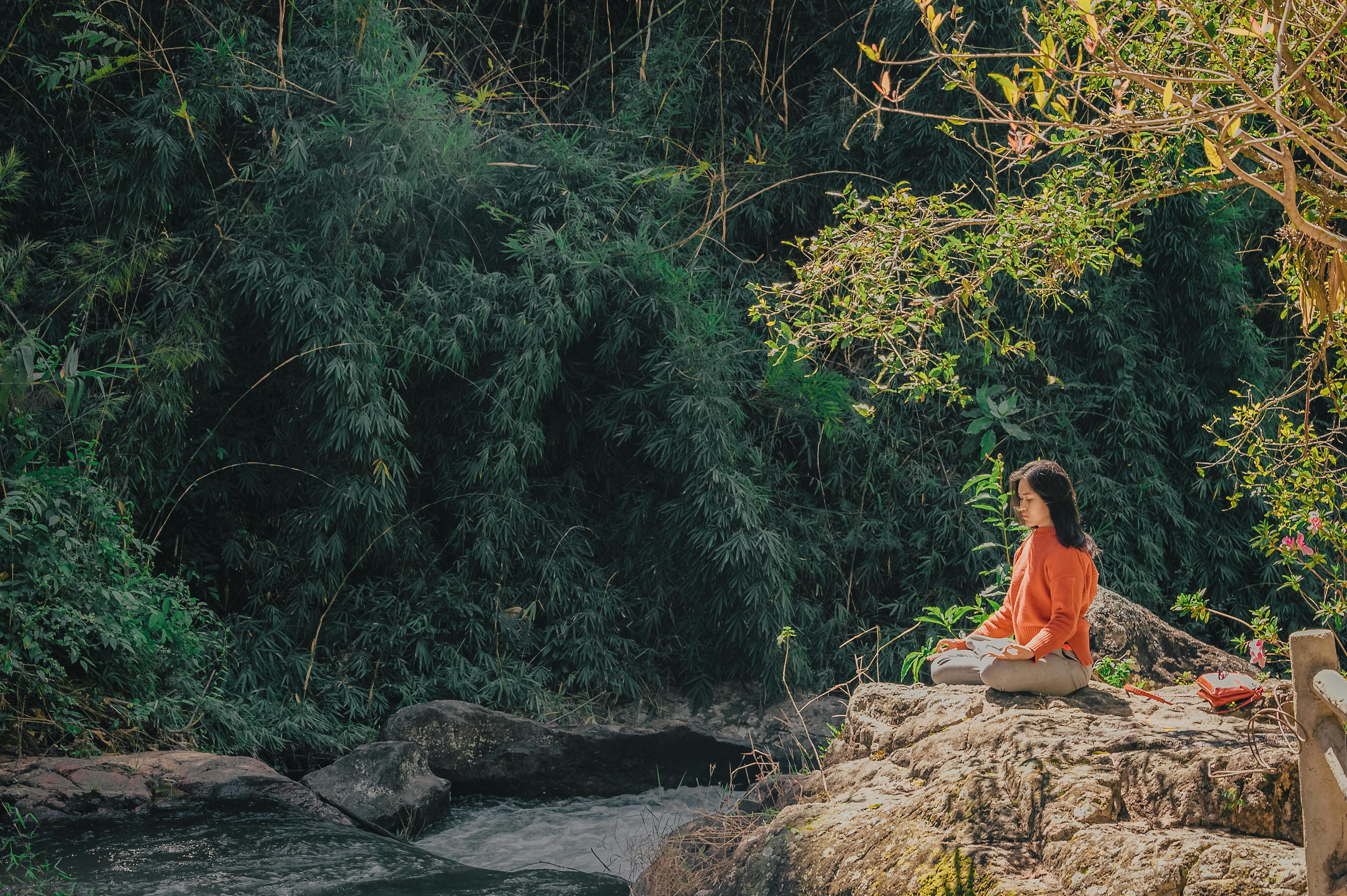
Very few will argue against the importance of tourism which has slowly become the lifeline of many third world countries and a money pumping machine pumping millions of dollars into their economies. Once the word tourism appears, people immediately and correctly associate it with tourists with cameras, frantically busy airports, cozy hotels, charming ancient monuments, gentle touches from hospitality service providers, and last but definitely not least, dollars, traveler’s checks, and credit cards swiping back and forth widening people’s eyes, from the half-naked young street kids running after friendly-looking tourists to the political statesmen in their best suits and the decision-making tycoons busy buying the latest airliners. And it is also impossible to ignore the large number of employment opportunities in the service industries associated with tourism, such as transportation services, hospitality services, entertainment venues, shopping malls, various music venues, and theaters.
But there is yet another very important contribution that tourism has made locally to individual countries and globally to the planet itself.
When I first arrived in Egypt I was bewildered, like everyone who had the opportunity to set foot on this land, by the ghosts of ancient Egypt. The ancient structures, the embalmed remains of the pharaohs, the golden masks, all wonderfully preserved through the centuries just for me to see! Then there was Old Cairo. It was across from modern Cairo. The structures, and somehow even the people who lived there, seemed very well preserved. Unlike the Zamalek area of Cairo where I lived, Old Cairo exists in a dimension of its own, and perhaps in another time zone as well. There we can see huge mosques, ancient Coptic churches, Roman walls, stone and dirt roads. Local people, strangely blending in with the part of the city where they seemed to have traveled together through the centuries, filled the streets and bazaars. Then, of course, there were the tourists. There they were, taking photos, talking to the locals, buying souvenirs and having fun with what they loved.
Another place I’ve been that was equally intriguing to me was Manila. The Philippines is unique among Southeast Asian countries in that it has many affinities with the Western world, stemming primarily from the cultures of Spain, Latin America, and the United States. Although you can’t find the old Coptic churches and Roman walls like in Old Cairo, Manila has also preserved its own past that was no less interesting, if not just as ancient. As in Cairo, what attracted me to Manila was not so much the modern district of Makati where I lived but the famous Intramuros.
Intramuros is a walled city in Manila, built by the Spanish in the 16th century. Intramuros literally means – “within the walls”. Originally, the limits of Manila were the city walls. But due to the increasing size of the city, it expanded far beyond these walls. Today, Intramuros contains many museums, Christian churches, and an old Spanish fort. And once again, they were well preserved. Here too, next to colonial structures and Spanish cannons, we see smiling tourists donning their hats to protect themselves from the sun.
When I finally arrived in Burma, I found myself once again fascinated by another ancient city, Bagan. Here too, Bagan seemed to be in another world centuries away from Rangoon. Located in the upper part of Burma, its 2,000 ancient pagodas and temples froze once again for me to see. And once again, when I hear the clicks of the camera buttons, I know my friendly tourists will be by my side, although this time they may be wearing something other than a hat.
Sitting on the dusty sidewalks next to a thousand-year-old Coptic church, leaning against a Spanish cannon and gazing at the ancient murals once seen by ancient Burmese kings, I thanked everyone involved in keeping them intact just for me to see. And I’m sure each and every tourist felt the same. They should rightly feel grateful.
Apart from all the influx of tourists, the flow of cash, the job opportunities produced, the music and the laughter, I also saw something happening quietly. What I mean is preservation work.
And I think we also owe a bit to the hat-wearing tourist with the camera.
Yes, there have always been genuine desires to preserve. There are definitely national, cultural, historical, archaeological reasons and God knows what other reasons and genuine efforts to preserve all of this.
But I think it would be very difficult for someone to say that all these works of preservation of ancient structures, artifacts, cultural scenes, festivals, wild natural parks and white sand beaches will receive so much care without the motivation and financial support of the tourism industry.
They came from different faraway places to see them, and maybe some of these are still here now just because they came and will continue to come… to see them.
PS: Whose living room doesn’t look shinier on the day a guest is expected to come, and even more so if he’s supposed to bring expensive French wine?
We all shine our rooms every day, but on certain days, they just sparkle.
Leave a Reply